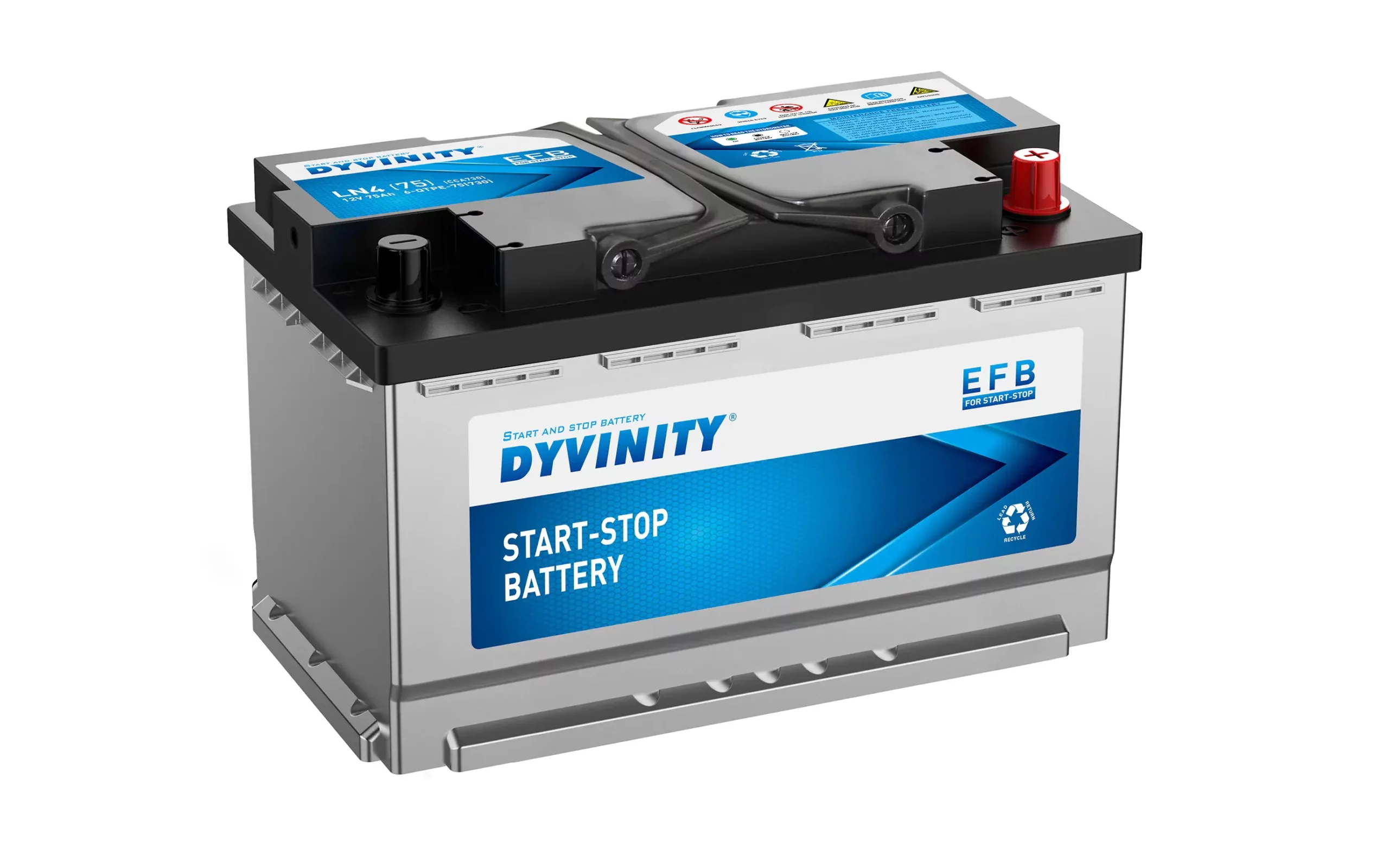
Your car battery is at the core of your vehicle. It stores energy, provides power to crank your engine and keeps electronics working when your alternator isn’t charging them.
Inside a battery is a series of cells made up of lead dioxide and lead plates which react with sulfuric acid to generate electricity, producing discharge-recharge cycles that gradually wear away at their plates over time.
How It Works
Your car’s battery is designed to store chemical energy that’s converted into electricity by its electrical system and power lights, radio, and accessories – without it your car won’t start up! If it fails suddenly or fails completely it may never start again.
Batteries are electrochemical cells made up of plates of lead and other materials encased by an electrolyte solution consisting of one third sulfuric acid and two thirds water. When an ignition switch is switched on, this solution changes concentration gradient into active ions which interact between each other to generate current strong enough to start an engine.
The battery provides power to electric motors that drive your wheels when you press on the accelerator pedal, as well as to regenerative braking motors that convert forward motion back into electricity using regenerative braking – increasing car range and improving its lifespan. When depleted, batteries recharge themselves through electrochemical cycling; their capacity is measured in ampere hours and it usually takes six to eight hours for them to fully charge themselves back up again.
Types
Car batteries come in various shapes and sizes. Most commonly seen on our cars is the lead-acid SLI battery used as starting, lighting, ignition (SLI). SLIs can also be found in hybrid vehicles that combine an internal combustion engine with electric motors for starting/lighting/ignition purposes.
These types of batteries are relatively affordable to produce and offer high surge current levels with good power-to-weight ratio. Unfortunately, their energy density remains relatively low.
Nickel-metal hydride batteries offer better performance than lead-acid ones but fall short of lithium-ion ones in terms of power density and cost efficiency. You may come across them in hybrid vehicles and some electric vehicles such as the Chevy Volt or BMW i8.
Lithium-ion batteries are the go-to choice in BEVs for powering their vehicles. Each pack contains hundreds of cells that make up its electrical system; there are three main varieties: cylindrical, prismatic and pouch-type lithium-ion cells.
Maintenance
Battery care can be complex, and proper attention must be given in order to extend its lifespan. Luckily, there are simple things you can do to maintain top performance from your car’s battery.
Before installing any battery, first inspect its case for signs of corrosion. If green or white powder comes seeping from within it, that indicates serious problems and indicates the battery needs replacing immediately.
Also, examine the terminals for corrosion. Clean them using a solution of water and baking soda; disconnect and use a wire brush on the negative terminal first before continuing on with cleaning the other terminals. After you’ve finished, ensure they are securely fastened after.
Keep the battery topped up with distilled water – as often as once every six months or more often if necessary – to protect its plates from exposure, which is one major cause of short battery lifespans. Doing this will extend their useful life.
Replacement
An aged or overused battery may wear out over time, and replacement should be considered when your car struggles to start or won’t turn over at all. Additional signs include an enlarged case and corrosion on its terminals.
Change out a car battery is typically straightforward, but be sure to wear safety goggles and insulated work gloves when handling the old battery. Also remove any metallic objects nearby as contact between its terminals may lead to electrical shorts that could cause further issues.
Underneath each negative cable (marked with a minus symbol or labeled as “Neg”), loosen and disconnect its nut before proceeding with disconnecting and reconnecting it later. Repeat these steps for each positive terminal which are typically marked with plus (+) symbols and covered with red plastic connectors; once removed spray each terminal with anti-corrosion solution before reconnecting cables.







